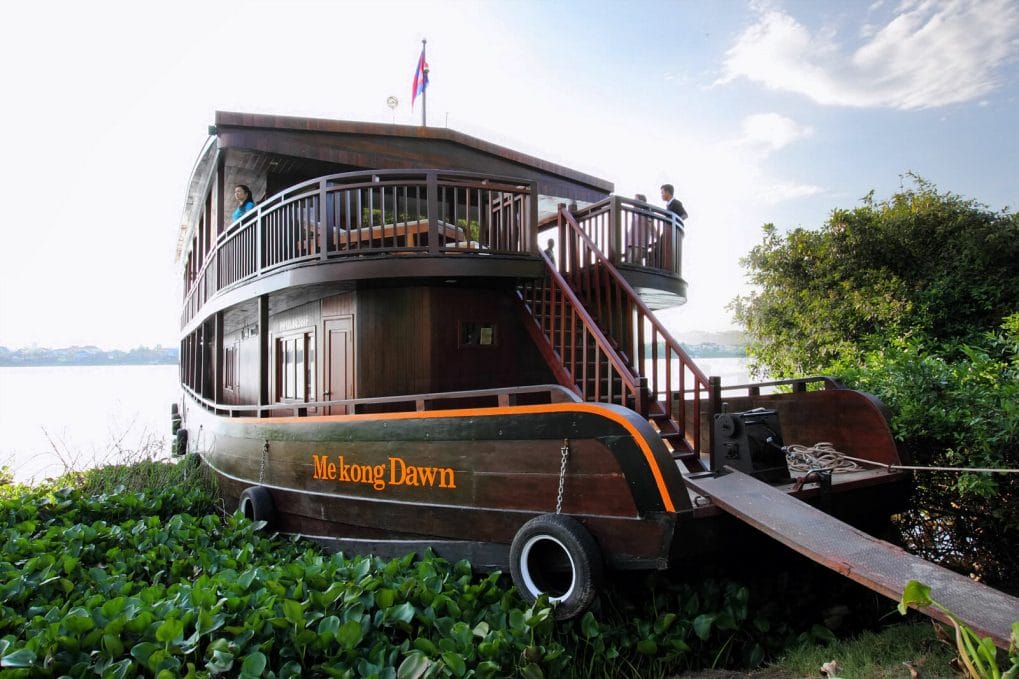Vietnam spans 128,066 square miles, featuring stunning mountains, forests, coastlines, cities, and towns. With such diverse landscapes, planning your travel within the country is essential. In this guide, we present the top transportation options in Vietnam to simplify your decision-making process. Familiarizing yourself with these options will enable you to select the most suitable mode of transportation for your specific needs.
1. Air Plane
Flying is among the quickest methods for traveling to and within Vietnam. Presently, Vietnam boasts over 20 airports, facilitating convenient travel between destinations like Ho Chi Minh City, Hanoi, and Da Nang. With a variety of airlines operating in the region, you have ample options to tailor your flights to suit your schedule and preferences.

Pros:
- Rapidly get to your destination without fatigue so you can spend more time enjoying the attractions upon your arrival.
- Purchasing a ticket that fits your budget is easy with over four airlines primarily operating domestically.
Cons:
- Air travel in Vietnam tends to be pricier compared to alternative modes of transportation.
- Certain airlines in Vietnam are infamous for experiencing delays and cancellations, which can occasionally disrupt your travel arrangements.
2. Train
Train travel in Vietnam offers a deeply fulfilling experience, whether you’re journeying a short distance or embarking on a longer adventure. Relaxing and taking in the scenery, you’ll discover vistas inaccessible by car.
Vietnam boasts multiple railway lines, with the primary route spanning 20 stations from Ho Chi Minh City to Hanoi, boasting stunning coastal views. A full journey along this route takes approximately 32 hours. For those not fluent in Vietnamese, purchasing tickets online proves more convenient than at the stations.
It’s important to note that seats come in hard or soft options, and carriages may or may not be air-conditioned. When purchasing tickets, you have the choice between these options. Opting for air conditioning and soft seats, especially for longer trips, offers added comfort at a reasonable cost.

Pros:
- Taking a train in Vietnam is inexpensive compared to what it would cost you in other parts of Asia or in Europe or North America.
- Best experience for those who love the off the beaten track scenery, country side and coastal.
Cons:
- Train is a slower way to get around than some other Vietnam transport options on this list.
- Each carriage has a single toilet only, and it’s a sharing one.
3. Cruise/Boat
Our Best Selling Tours:
Vietnam boasts an extensive coastline stretching an impressive 3,260 kilometers, making boat travel a viable transportation option within the country. Moreover, ferries provide access to picturesque islands like Con Dao and Phu Quoc, while cruises offer the opportunity to explore scenic destinations such as Ha Long Bay along Vietnam’s coast. Additionally, travelers can opt for speedboat transfers from Chau Doc, An Giang, to Phnom Penh, Cambodia, providing a convenient option for those looking to continue their journey after a day exploring Vietnam.
When arranging ferry travel in Vietnam, travelers can choose between catamarans or speedboats. While several ferry operators operate in Vietnam, all provide comfortable journeys equipped with air conditioning. Similar to train travel, the simplest way to secure ferry bookings is through online platforms.
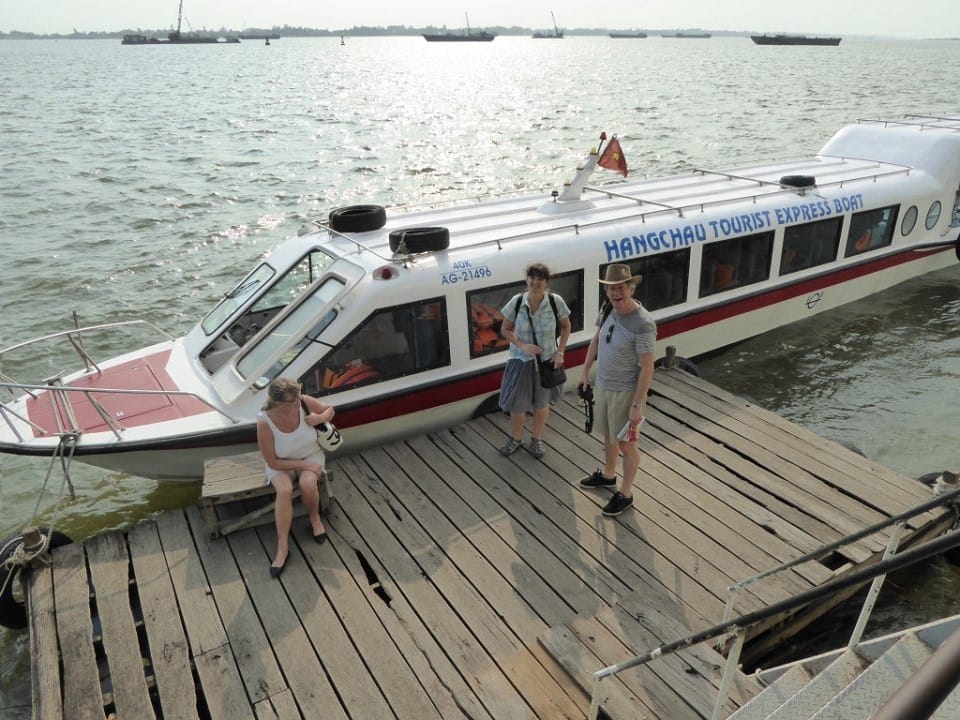
Pros:
- Traveling by boat in Vietnam helps you reach locations that would otherwise be difficult or impossible to access (like islands).
- When you are out on the water, you get to enjoy the scenery on a relaxing trip in a way that is different from what you would experience on land.
Cons:
- Speedboats can be pretty loud.
4. Car/Taxi
Another alternative for getting around Vietnam is by using motor vehicles. You have the option of either summoning a taxi or arranging to rent a car yourself.
Taxis are a convenient choice for navigating urban areas. Alternatively, you can also hail a ride using a smartphone app like Grab.
If you anticipate longer journeys or prefer the convenience of having a vehicle available at all times, renting a car might be the more practical option.
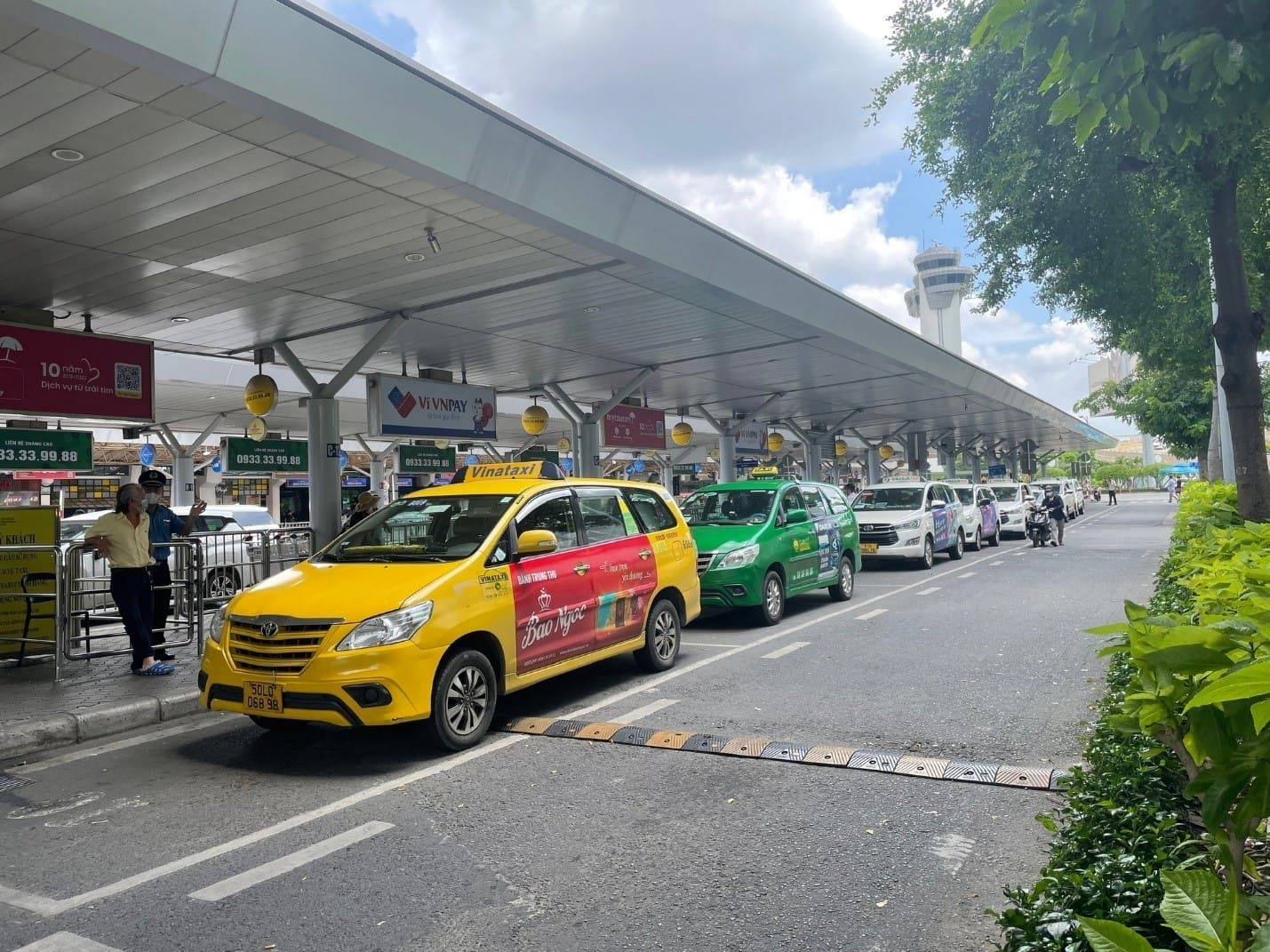
Pros:
- Taxis, ride-sharing platforms, and car rentals are all efficient and convenient means of transportation for reaching your destination, elsewhere in Vietnam.
- Renting a car grants you unparalleled independence and flexibility.
Cons:
- While taxis in Vietnam are usually safe, there are still posibility for scamming out there, so be aware.
5. Motorbike
Another convenient and adaptable mode of transportation in Vietnam is by motorbike. If you’re on a short visit, renting a motorbike is an option. However, for longer stays, you can also consider purchasing one, then selling it before your departure, which is often simpler than it sounds and may even save you money. Motorbikes for rent come in various models, including manual, semi-automatic, and fully automatic.
If you find the bustling traffic of Hanoi or Ho Chi Minh City daunting, ride-hailing services like Grab also provide motorbike rides. And don’t forget, Vietlong Travel offer all kind of Motorbike Tour all around Vietnam!
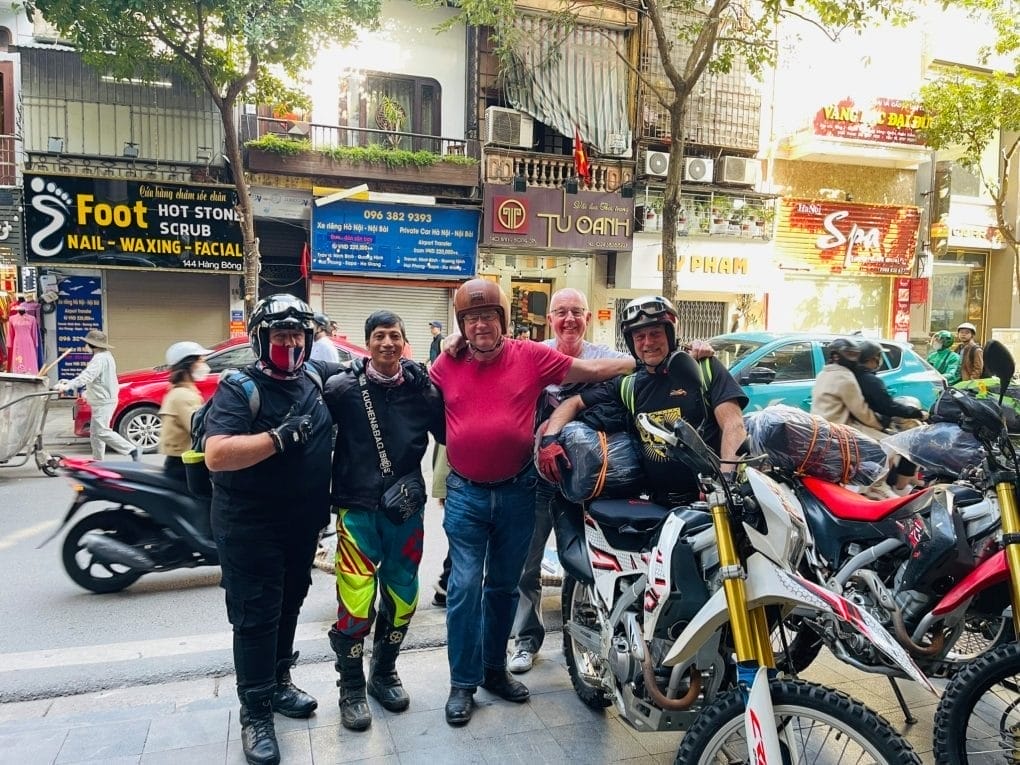
Pros:
- It is cheap to rent a normal semi auto motorbike. You can get away with just $5 USD per day. For superior service and support, consider a more “premium” rental for around $10 USD per day.
- Motorbike rentals offer fantastic flexibility. There are even services that have depots in multiple locations, giving you the option of driving the motorbike one way and then dropping it off at your destination.
Cons:
- A motorcycle license and International Drivers Permit (IDP) are required if the motorbike you wish to drive is more than 50cc.
6. Bicycle
Those who enjoy getting some exercise and fresh air while on the move may get into cycling Vietnam. A bicycle can work well for exploring urban and rural areas alike.
The ideal time to cycle in Vietnam depends on where you are located. For example, August through May is best for northern Vietnam. But October through May is more suitable for Ha Long Bay. In central Vietnam, you will have the best cycling experience between January and September. Southern Vietnam is cycling-friendly year-round.

Pros:
- It is easy to find a bicycle to rent, especially in cities. You can get one to use for as little as $1. And if you are staying at a resort, they may offer bicycle rentals for free.
- Cycling gives you the opportunity to see the gorgeous scenery of Vietnam with nothing between you and the marvelous environments you are exploring.
- Get some exercise while you are cycling (a great way to work off some extra calories if you are eating a lot on vacation).
Cons:
- Although cycling is a fun workout, it may also get fatiguing across long distances.
- The amount of supplies you can carry on a bicycle while remaining comfortable can be limited.
7. Cyclo
One of the most distinctive and memorable options for Vietnam transportation is a three-wheeled bicycle known as a “cyclo.” These vehicles have been around since French colonial times, and operate as taxis. You sit in front, and the driver sits in the rear.
As with many other Vietnam transport methods, there is an expectation that you will bargain on the pricing. So, if you do not like the original price you are quoted, offer a lower price, and meet somewhere in the middle.
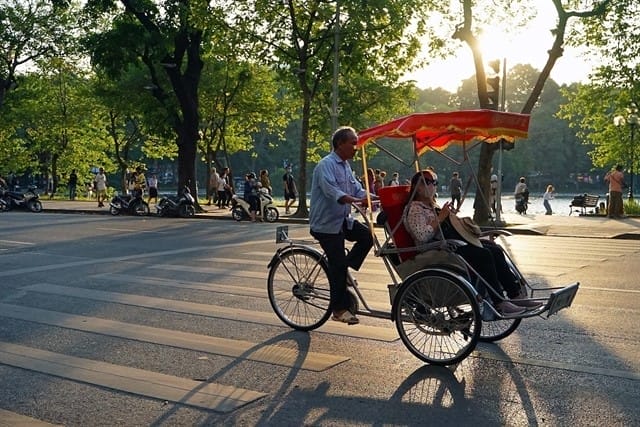
Pros:
- As a cyclo is an open-air vehicle, you can stay cool and get a fantastic view of everything around you.
- You can ride on a cyclo for the equivalent of a few dollars.
- Most of the transportation methods we talked about in this post are available in other countries. But cyclos are not everywhere. This is your chance for a unique experience of Vietnamese culture.
Cons:
- There are some scams out there to watch out for.
- Getting stuck in traffic and breathing in exhaust fumes is no fun in a cyclo, so mind where and when you travel in one.
Overall, traveling is exciting because how you get around can be just as fun as where you go. Whether you’re exploring Vietnam by train, boat, bicycle, or anything else on this list, every moment will be an adventure. Need help choosing the best way to travel? Plan your trip with Vietlong Travel!







